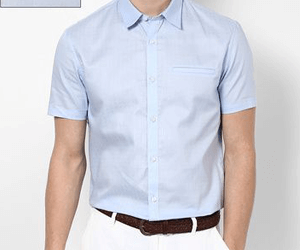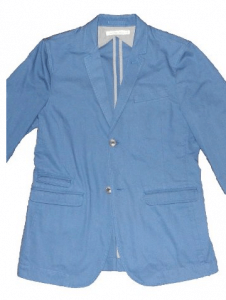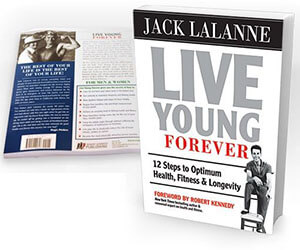
5 Tips For Hot Weather Clothing
Summer always comes with a relaxed and laid-back vibe, the temptation to dress in shorts and t-shirts with flip-flops is strong. Instead of using the summer heat as an excuse to relax your dress code – see it as an opportunity to incorporate color, new fabrics and styles into your wardrobe.
1. Clothes Offering Protection During Summer Are To Be Preferred:
While it is important to look your stylish best in the heat protection from the sun’s harmful UV (ultraviolet) rays should be a priority. The more skin covered – the better. Long pants cover better than shorts. Long sleeved shirts are better than t-shirts.A walk of an hour or more will give you lots of sun exposure on your head, shoulders, neck and back. Hats protect your head from the sun as well.
2. Light Coloured Clothes Are More Suited To Combat Hot Weather:
Basic physics dark colors absorb more light, therefore they are going to be hotter. Dark shades of blue, purple and green generate thermal energy when exposed to intense sunlight. Lighter colors generate less thermal energy under the same sunlight conditions. Light reacts to colors in different ways, depending on how much is absorbed or reflected. Since people associate the summer time with sunshine and heat, light-colored clothing may enhance moods in keeping up with the season.

3. Breathable Fabrics Are Best For Hot Weather:
High temperatures combined with high humidity can make life uncomfortable especially for people not used to tropical conditions. Humans maintain a cool body temperature by perspiring heat away from the body. Fabrics for hot climates should maximize the flow of air through the clothing, allowing heat and moist air to escape. Natural fibers are generally better at soaking up moisture from the skin and allowing it to evaporate from the outer surface. Cotton is extremely comfortable and allows your body to breathe with ease. It absorbs excess sweat. Linen and other natural fibers also breathe and are good at absorbing moisture.

4. Choose Lightweight Clothing And Fabrics:
As a general rule the best fabrics for tropical climates are lightweight and made from natural materials such as cotton or linen. Lightweight 100% wool is a great option too. There is a general misconception that wool is better in winter. Lighter weaves of wool are suited for hot weather. Heavy fabrics tend to cling to your skin and trap sweat adding a layer of heat between the fabric and your body. Instead of wearing heavier versions of cotton such as twill, which is what your jeans are made of opt for poplin, seersucker and madras cotton. Broadcloth cotton dress shirts will be cooler than dress shirts made with the heavier oxford weaves.

5. The Construction Of Your Clothes:
The construction of a garment the way it is made is just as important as picking the right fabric for men’s clothes in hot weather. The lightweight and breathable properties of a fabric can be rendered useless if the garment is constructed in a way that doesn’t emphasize these properties. A polyester lining on a 100% lightweight wool jacket restricts the breath ability of the wool making it a poor option for hot climates. Blazers are usually lined with polyester, satin or silk none of which breathe well. This traps heat in the layer between the fabric and the lining. Hence, unlined blazers or half-lined jackets are the best options to go for.



























Leave a Reply